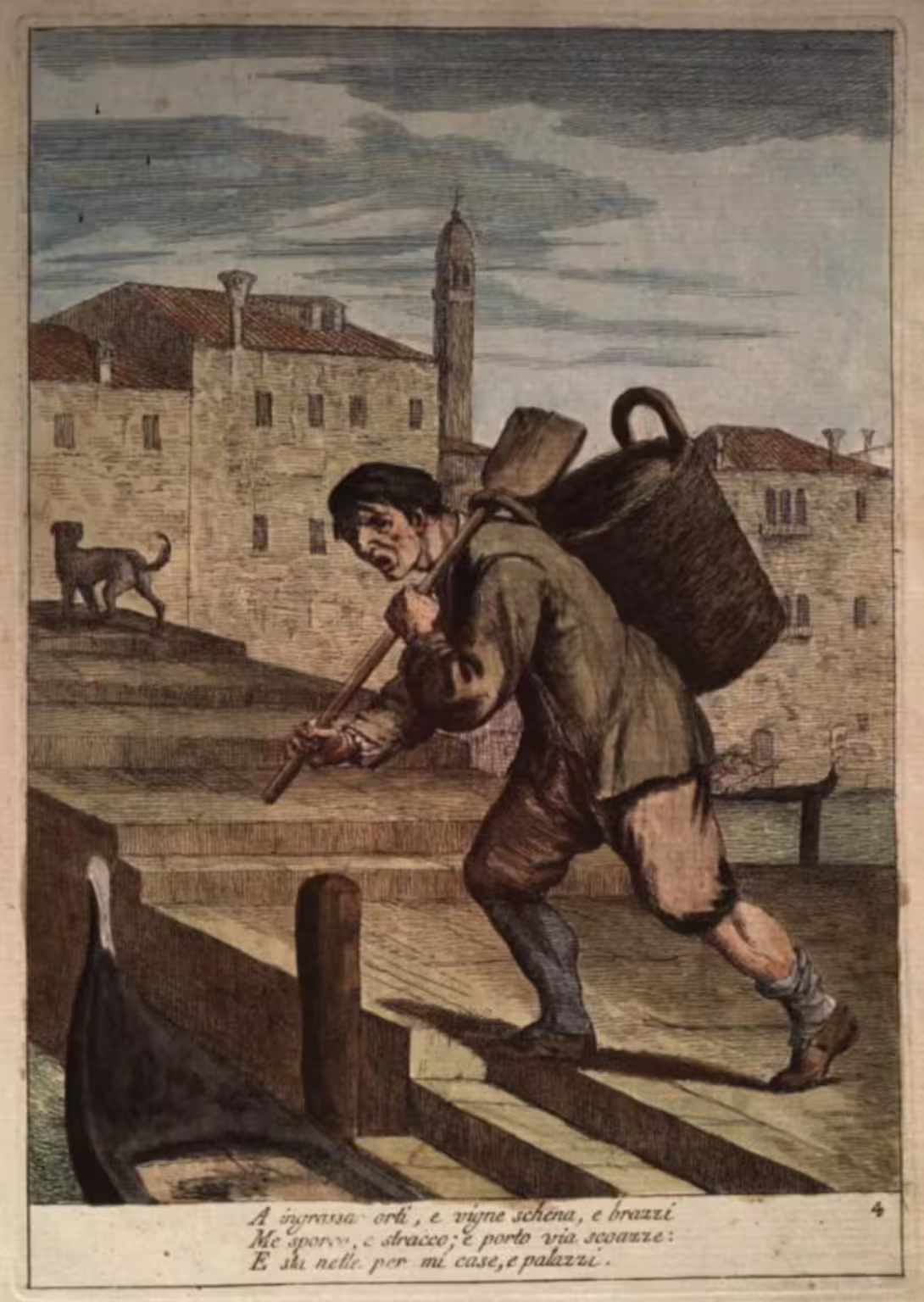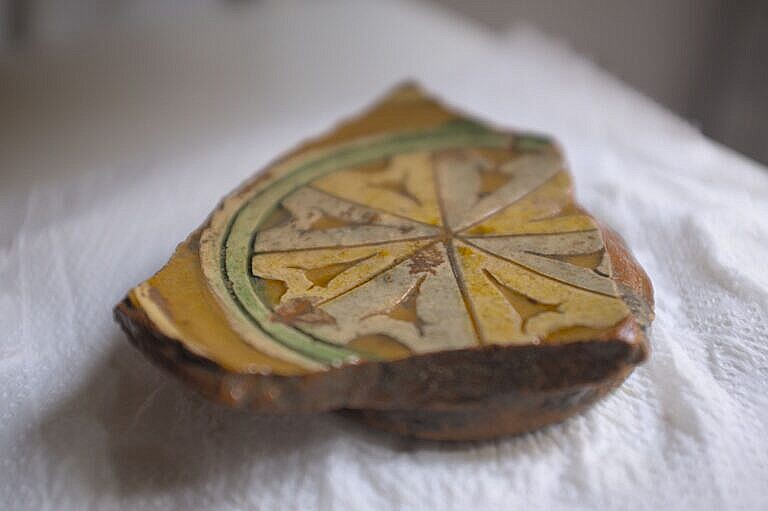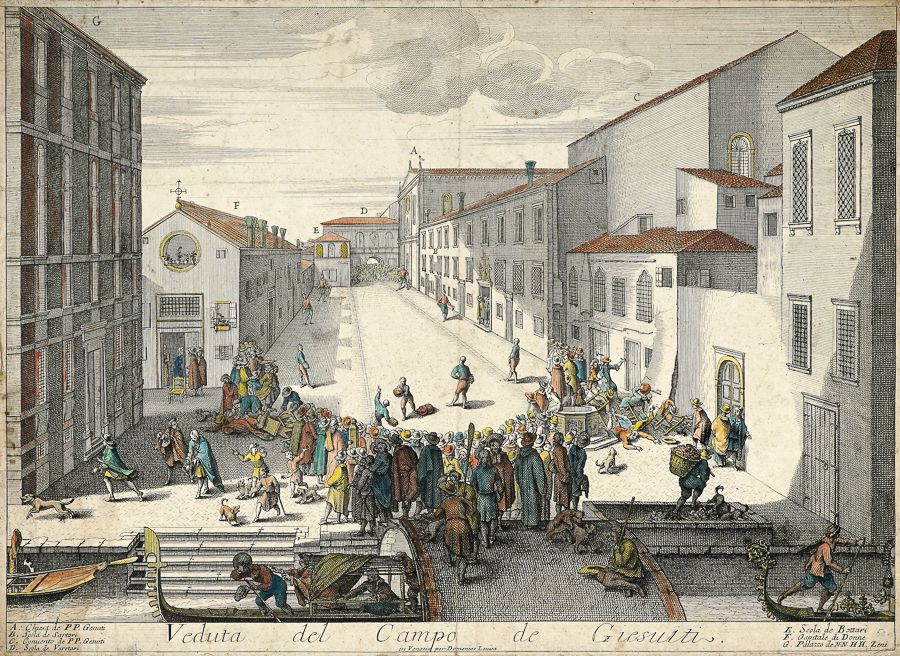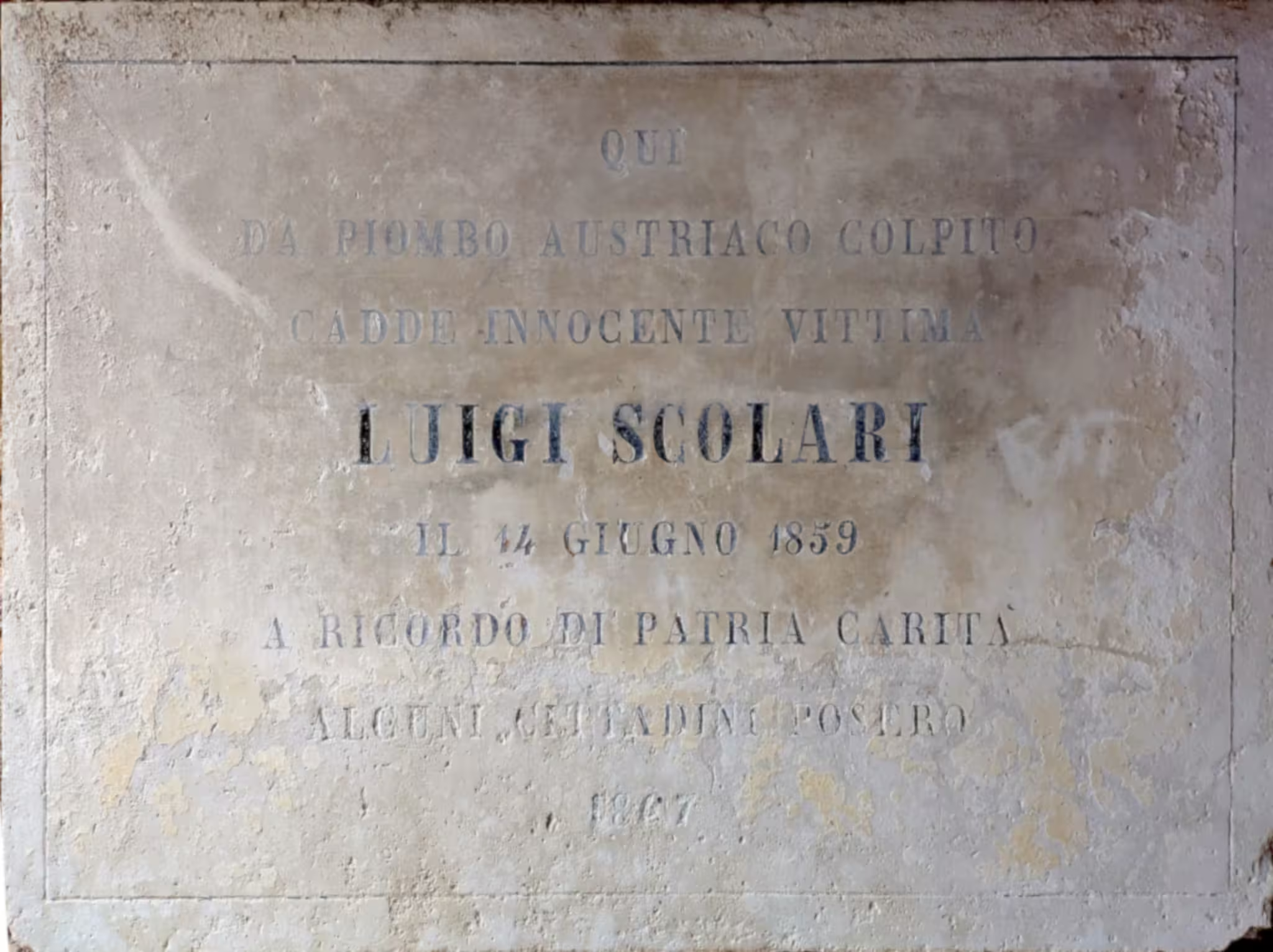Rubbish collection is not easy, not even in modern times, and failing to organise it properly leads to all sorts of problems.
The Venetians in the past had it easier than many other European cities because Venice has a tide. The lagoon and the sea are interconnected: the water in the lagoon rises for six hours, and falls for six hours. The tidal excursion is up to 1.2m in the lagoon.
In that way, the tide effectively flushed the city twice a day.
The Venetians could therefore handily dispose of much of their rubbish simply by dumping it in the nearest canal. In Venice, a canal is never far away, and the tide will then take care of removing the rubbish all by itself.
This would have been the standard way of getting rid of stuff since the very first settlements in the lagoon.
Non-biodegradable rubbish

The problem is the non-biodegradable refuse, especially as the city and population grew. These are things like broken bricks and roof tiles, broken pots, bowls and cups made of terracotta, and the bones and teeth of eaten animals.
If people dumped such things in the canals along with all the rest, it would go to the bottom, and soon there would be no more canals.
The canals are the roads of Venice. The city could not and cannot function without them.
Collection of non-biodegradable rubbish therefore became an existential problem for Venice.
Keeping the streets clean from rubbish and the canals navigable were parts of the same problem. Consequently, the nettadori dei sestrieri (street cleaners) operated under the same authority that was responsible for the waterways and the lagoon in general.
This essential office later became the Magistrato alle Acque (the Water Magistracy).
The Scoazzere
The chosen solution to the problem of rubbish collection of non-biodegradable refuse were the scoazzere.
The scoazzere were small areas enclosed by a low wall, usually on the side of a canal. Here the residents could leave the rubbish that couldn’t go into the canals. Whenever they ran full, the rubbish would be taken by boat somewhere else and ditched there. These places were usually a mudflat on the outskirts of the city or near some island in the lagoon.
The acquaroli who brought water from the rivers on the mainland to supplement the rainwater in the city wells, often carried rubbish back to the mainland as their boats would be empty anyway for the return.
The Serenissima created a number of such scoazzere around the city in the 1400s and 1500s.
Theory and Practice of Rubbish Collection

In theory, that should be it. People had a place to leave the rubbish and somebody would empty them regularly, and everybody lived happily ever after.
In practice, theory often remains just that, theory.
In 1662, documents reveal that the scoazzere were in a sorry state or even wilfully destroyed, and the calli were full of rubbish. The Magistrato alle Acque decreed their reconstruction, and imposed severe penalties on those who tried to demolish them.
The Magistrato had them reconstructed again in 1711. Clearly the people living nearby didn’t approve of the scoazzere.
Apparently, the scoazzere acquired a bad reputation in the general populace, as places of evil. Youngsters would hide inside and make noises at night to make the places appear haunted.
The name lingers

The scoazzere enclosures are long gone, but the name often remains. There are therefore several related place names in Venice, such as two Ponte de la Scoazzera (bridges), a Campiello de la Scoazzera (a small square), and a Rio de la Scoazzera, a canal interred in 1845.
The name scoazzera derives from Venetian scoazze which just means rubbish.
Mudlarking
Sometimes at low tide, near an island in the lagoon or on the outskirts of the city, bits of pottery appear in the mud. Often the place is also full of bricks and root tiles, and animal bones, split open to get to the marrow.
Related articles
- Rubbish collection today
- Il Gran teatro di Venezia — Domenico Lovisa
- Scoazer — rubbish collector — Zompini — Arti #4





Leave a Reply